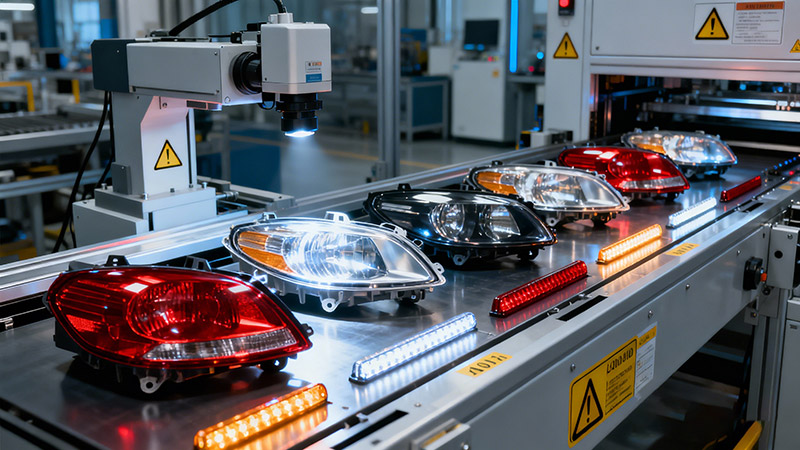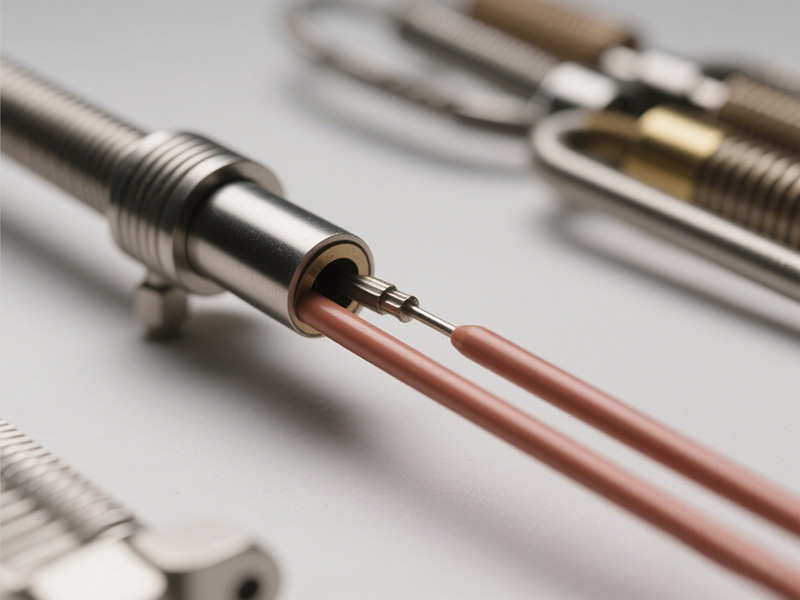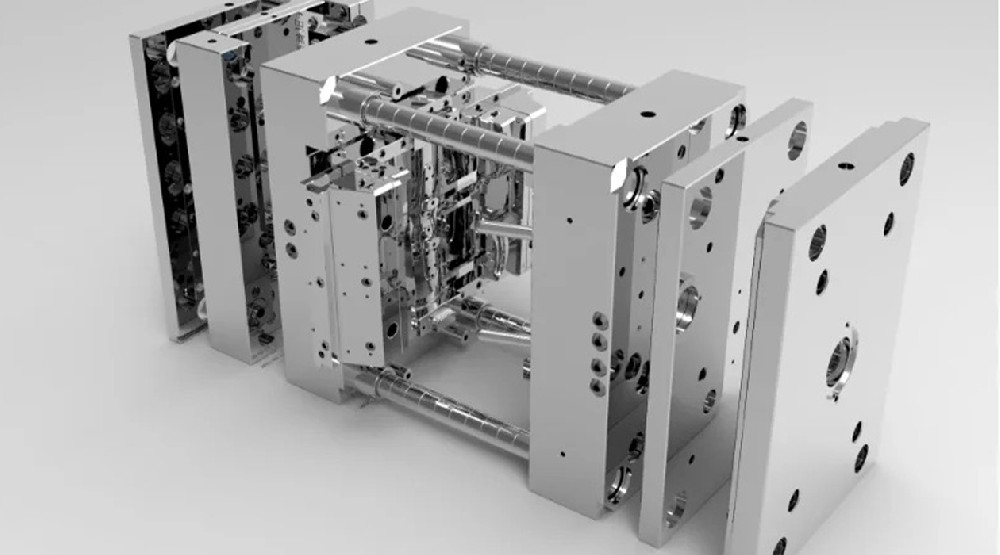How Hot Runner Controllers Work: Key Details to Know
2024-12-04
Hot runner controllers play a crucial role in modearn plastic injection molding systems, enabling precision and efficiency in the production process. By managing the temperature within the hot runner system, they ensure consistent quality and reduce material waste.
In the world of manufacturing, there are various types of hot runner temperature controllers and machines, each performing a vital role in production and management. But how do they work, and why should you consider integrating them into your industrial operations? This article delves into the key components, functionality, and benefits of hot runner controllers, helping you understand their importance in the manufacturing process.
1.The Role of a Hot Runner Controller
A hot runner controller is a specialized device designed to maintain the ideal temperature for injection molding modules, ensuring the smooth flow of mold materials. As one of the essential components of a hot runner system, it regulates the temperature of molten plastic as it moves through the channels and into the mold cavity. Proper temperature control is crucial to prevent material degradation, ensure uniform mold filling, and guarantee high-quality end products.
2. Key Components of Hot Runner Controllers
A typical hot runner controller consists of the following components:
· Control Modules: A typical hot runner controller consists of the following components
· Sensors: Thermocouples or RTDs continuously monitor the temperature in real-time.
· User Interface: A display panel or touch screen for operators to set and adjust parameters easily.
· Safety Features: Built-in alarms detect overheating or circuit failure, enhancing operational safety.
3. How Do Hot Runner Controllers Work?
Hot runner controllers utilize feedback loops to maintain precise temperature control:
1. Monitoring: Sensors continually measure the temperature within the hot runner channels.
2. Feedback: The sensor data is sent to the control module, which compares it to the desired setpoint.
3. Adjustment: If there’s any deviation, the controller adjusts the heating elements to restore the proper temperature.
By regulating the heating elements in real-time, hot runner controllers ensure a stable and consistent temperature profile, preventing material degradation and optimizing the quality of the molded products.
4. Benefits of Using Hot Runner Controllers
Hot runner controllers provide several advantages for manufacturers:
· Enhanced Precision: By maintaining exact temperatures, manufacturers can ensure proper material flow and deformation, ensuring the final product is molded to the correct specifications with the right dimensions and features.
· Material Savings: Through precise temperature control and even heat distribution, hot runner controllers help minimize waste by reducing defects such as short shots, sink marks, and other imperfections.
· Increased Efficiency: Hot runner controllers improve consistency and precision by maintaining optimal heat flow, enabling faster cooling and reducing cycle times. This leads to higher production output, which directly benefits business growth.
· Flexibility: Manufacturers can achieve greater flexibility when producing complex parts with varying geometries, ensuring the exact products they require are delivered.
· Cost Savings: Hot runner controllers improve operational efficiency, helping businesses save both time and money. Shorter cycle times and reduced material waste translate to significant long-term cost savings.
5. Advanced Features in Modern Controllers
Today’s hot runner controllers come equipped with advanced features such as:
· Multi-zone Control: For controlling temperature across molds with multiple cavities or complex designs.
· Data Logging: Tracks system performance for troubleshooting and quality assurance.
· Smart Alerts: Provides notifications for issues such as voltage drops, overheating, or system malfunctions.
· User-friendly Interfaces: Intuitive touchscreen displays and remote control options enhance ease of use.
· Easy Disassembly: For straightforward maintenance and cleaning.
6. Choosing the Right Hot Runner Controller
When selecting a hot runner controller, consider:
· The number of zones you need to control.
· The precision level required for your application.
· Compatibility with your hot runner system.
· Additional features such as alarms, data storage, and user interface preferences.
Conclusion
Hot runner controllers are essential for maintaining the quality and efficiency of plastic injection molding processes. By understanding their functionality and benefits, manufacturers can make informed decisions that optimize their operations and stay competitive in the market.
Whether you’re upgrading your existing system or investing in new equipment, selecting the right hot runner controller will have a significant impact on your production outcomes.





